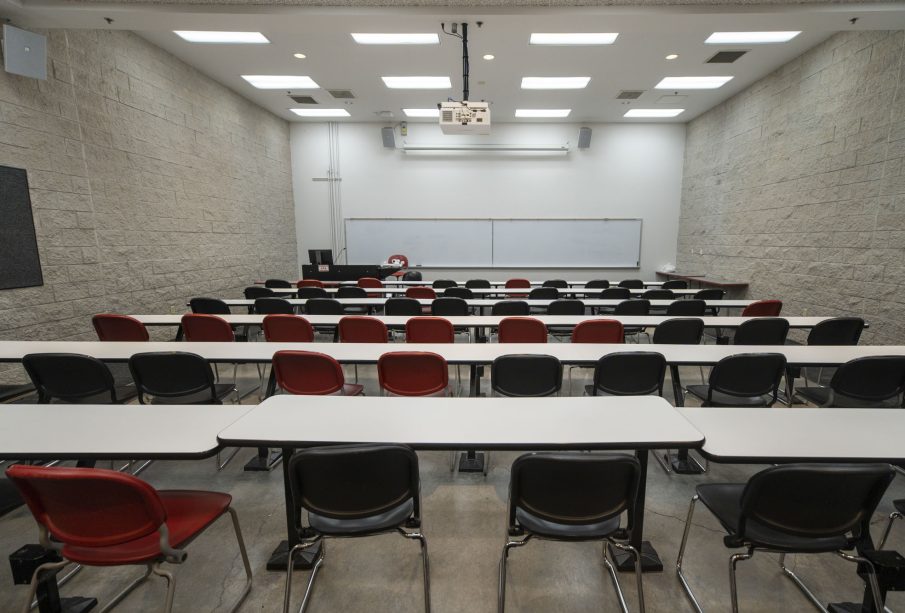The Future of Classroom Learning in a Digital Age

Introduction
As technology continues to shape various sectors, the education system is not left behind. The classroom environment is changing rapidly, transitioning from traditional methods to innovative, technology-driven learning experiences. The importance of this transformation cannot be overstated, as it directly influences student engagement, academic performance, and the overall quality of education.
Current Trends and Developments
Recent studies indicate a significant rise in the use of digital tools within classrooms. A report by the National Education Association found that 80% of teachers now regularly incorporate technology into their lessons, with tools like interactive whiteboards, tablets, and learning management systems becoming mainstream. This shift not only enhances accessibility but also promotes a more engaging learning environment.
Moreover, blended learning models have gained traction. These models combine in-person and online learning, allowing students to learn at their own pace. According to the Centre for Education Statistics, schools implementing blended learning reported a 15% increase in student satisfaction and a 10% improvement in test scores over traditional methods.
Impact on Teaching Strategies
The evolving classroom environment has encouraged teachers to adopt more innovative pedagogical strategies. Flipped classrooms, project-based learning, and peer-to-peer teaching are becoming popular. For instance, in flipped classrooms, students review content online at home and engage in interactive activities during class time, which fosters deeper understanding and critical thinking skills.
Furthermore, the emphasis on social-emotional learning (SEL) is reshaping classroom dynamics. Educators are increasingly recognising the importance of emotional intelligence and interpersonal skills, integrating SEL practices into daily lessons. A study from the Collaborative for Academic, Social, and Emotional Learning (CASEL) revealed that schools incorporating SEL showed a 21% increase in student academic performance.
Challenges and Considerations
Despite the benefits, the transition to modern classrooms presents challenges. Issues such as digital equity, where not all students have equal access to technology, can create disparities in learning opportunities. Furthermore, educator training is crucial; teachers must be adequately prepared to implement these new technologies and strategies effectively.
Conclusion
The classroom of the future is poised to be more dynamic, interactive, and inclusive than ever before. As educational institutions continue to embrace technology and innovative teaching methods, it is essential to address the accompanying challenges. By focusing on equitable access and comprehensive teacher training, we can ensure that the evolving classroom not only enhances learning outcomes but also prepares students to thrive in an increasingly digital world. The success of this transformation has significant implications for the future of education, shaping how upcoming generations learn and interact with knowledge.









